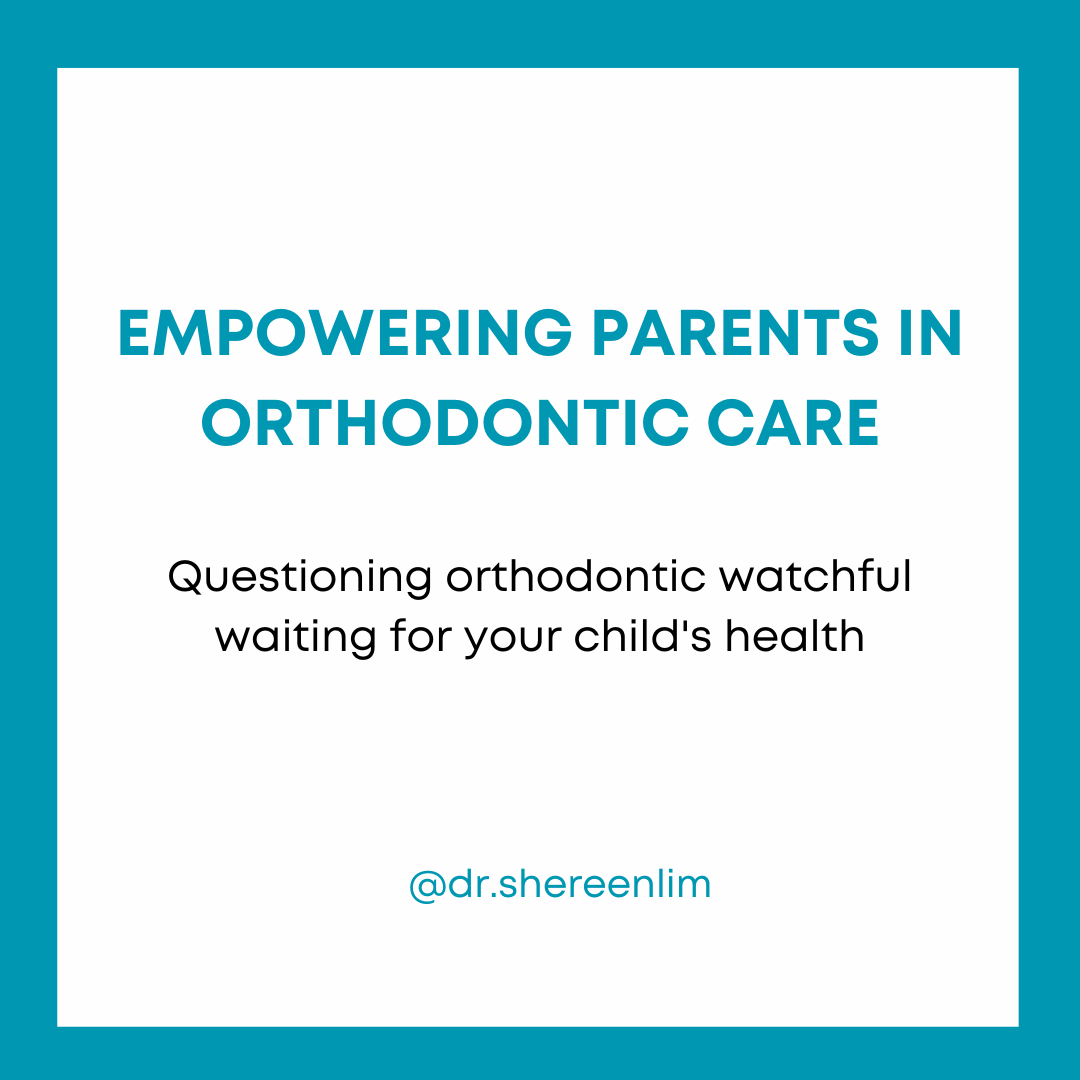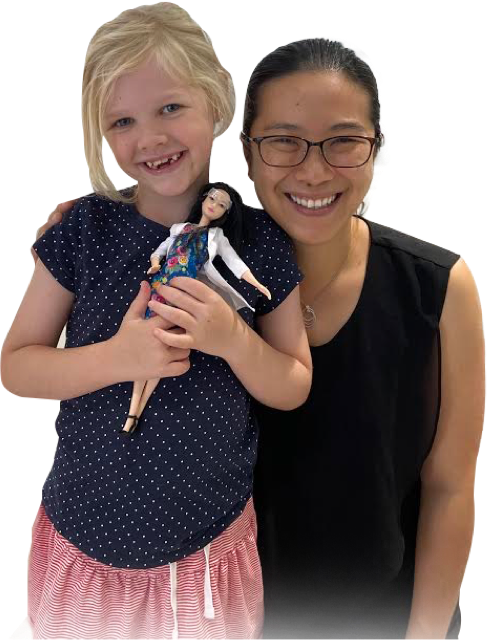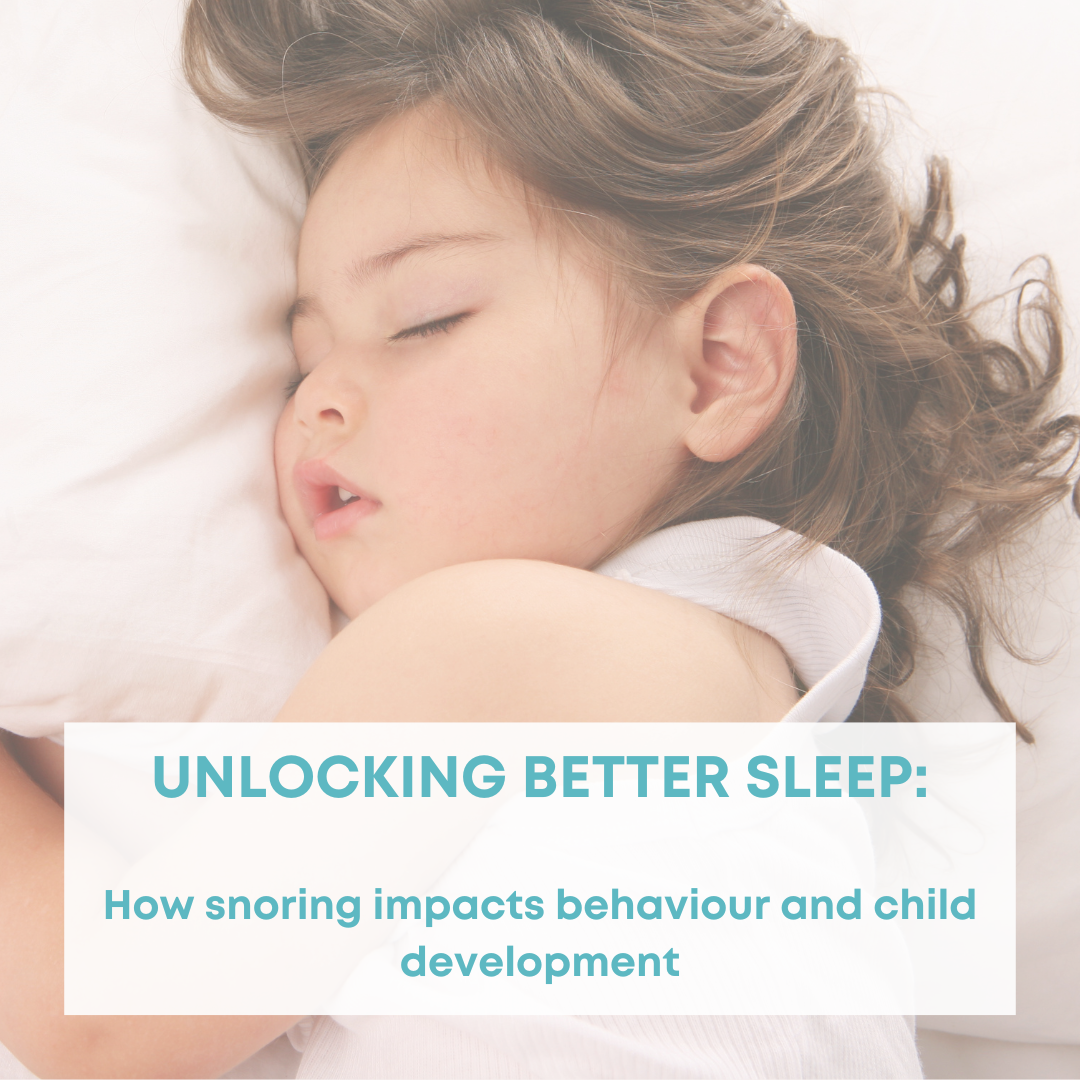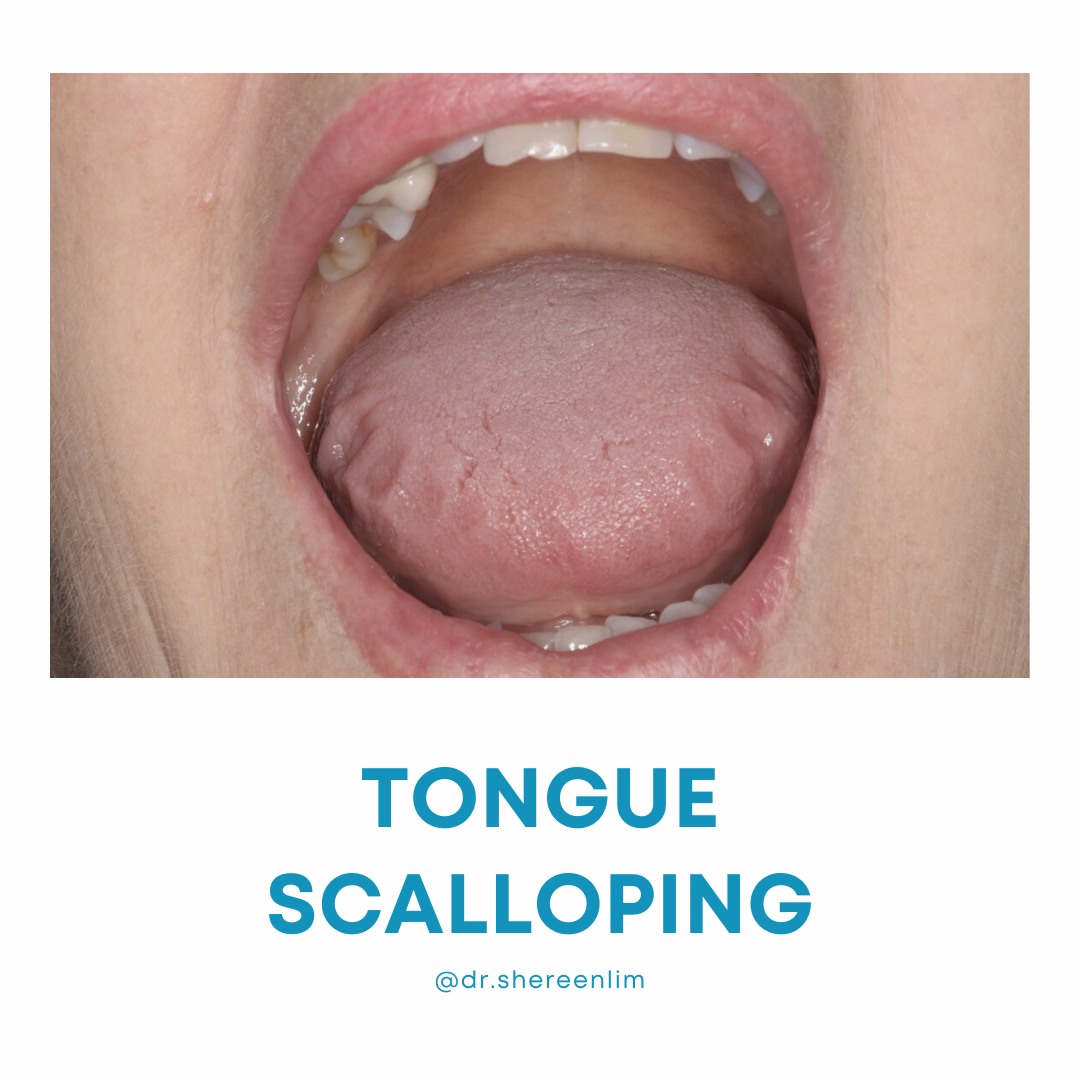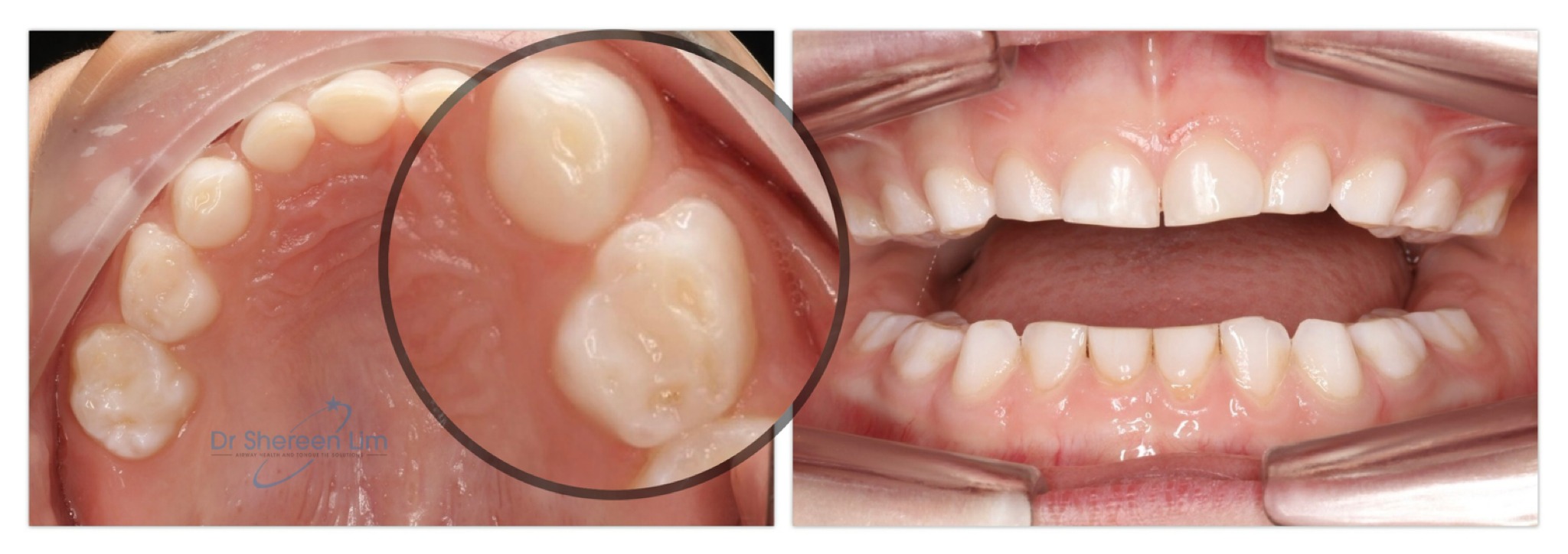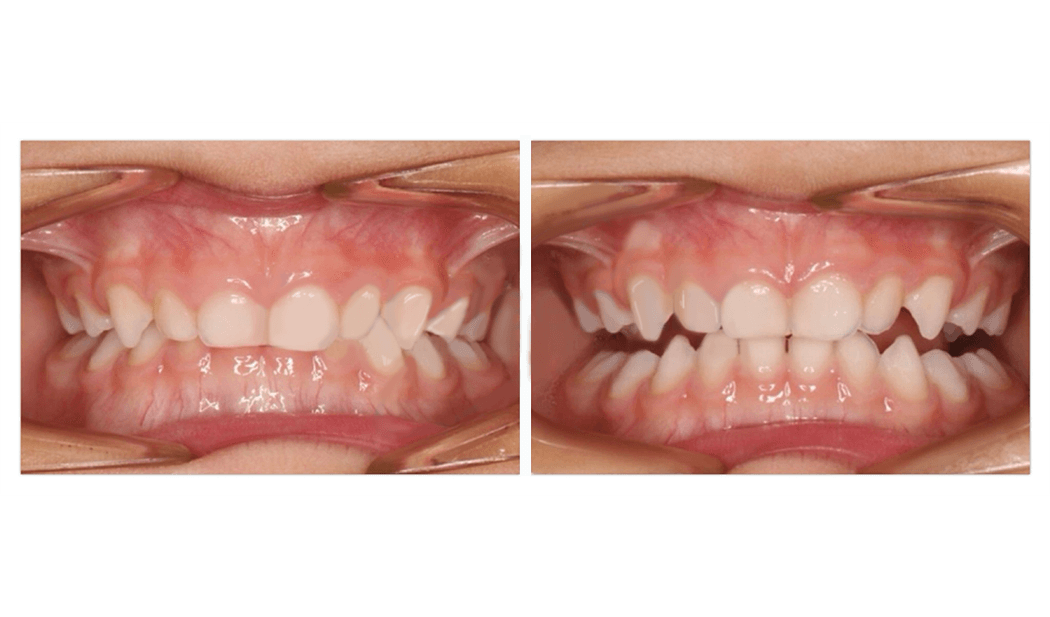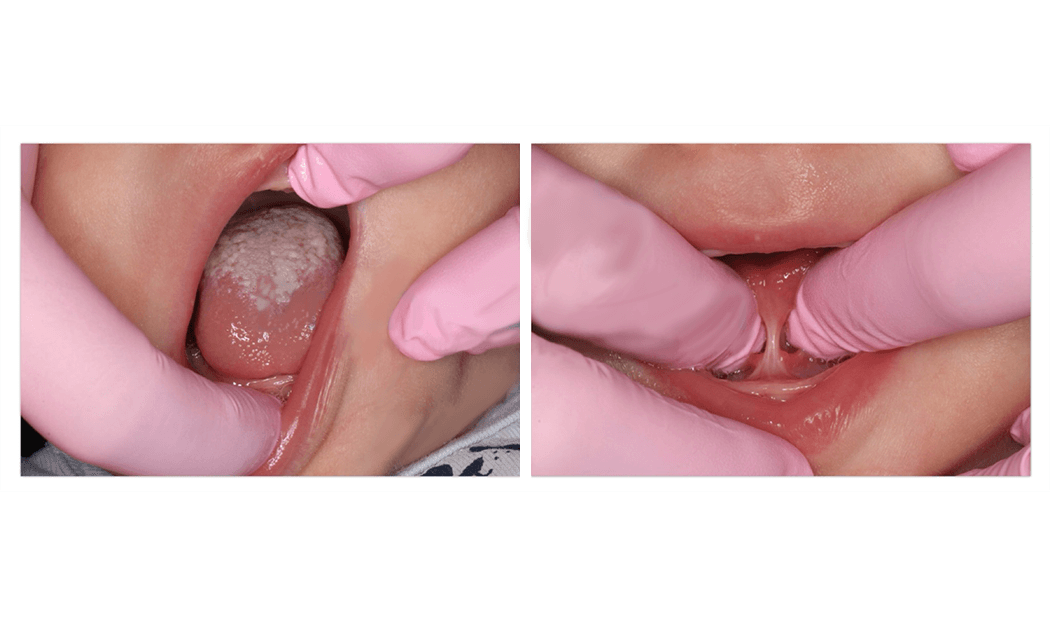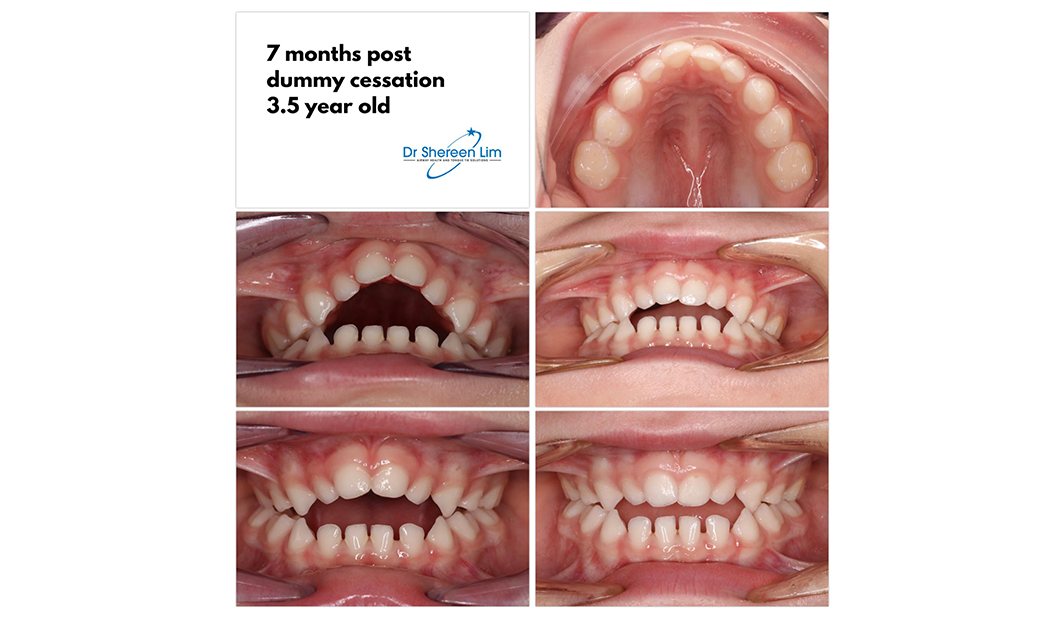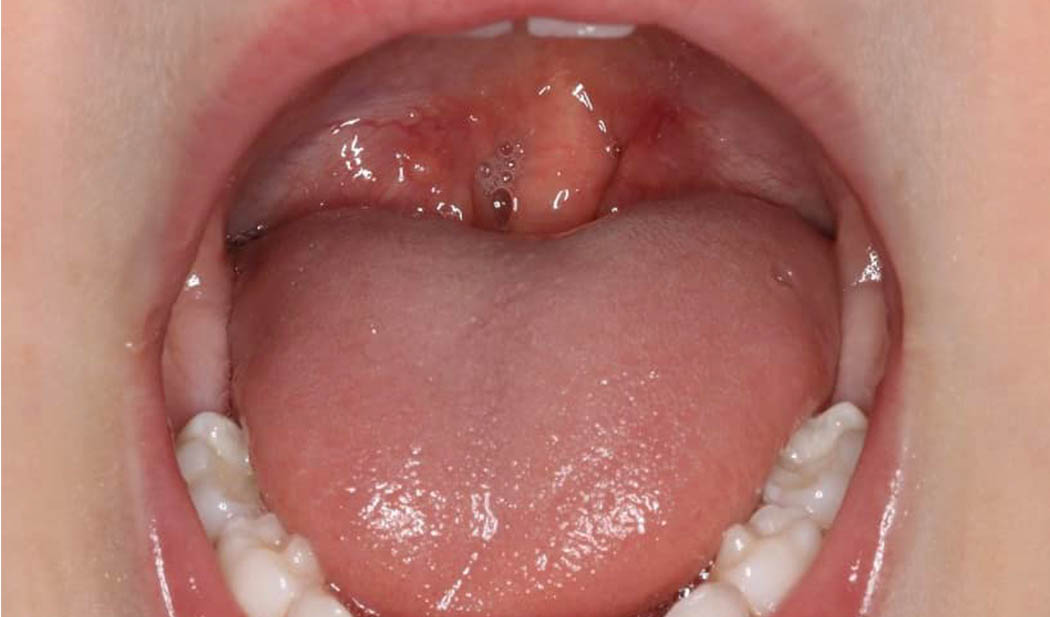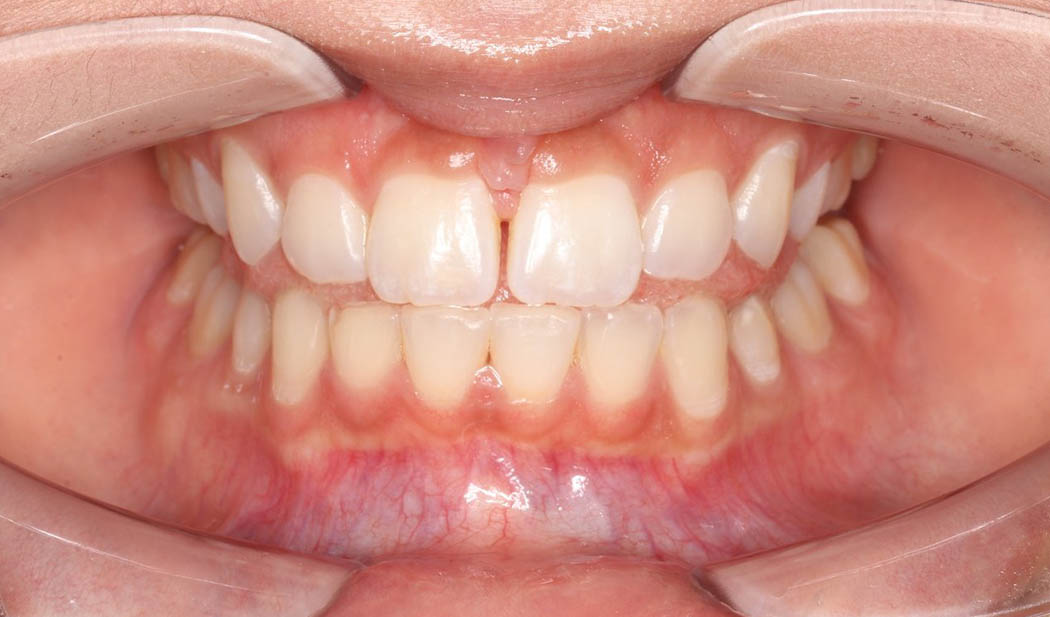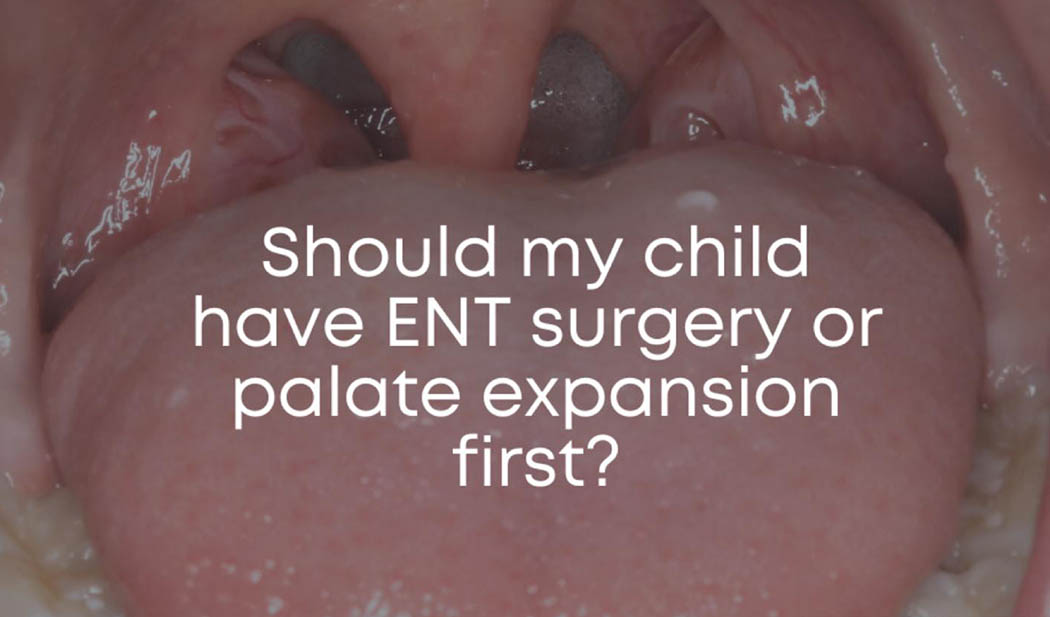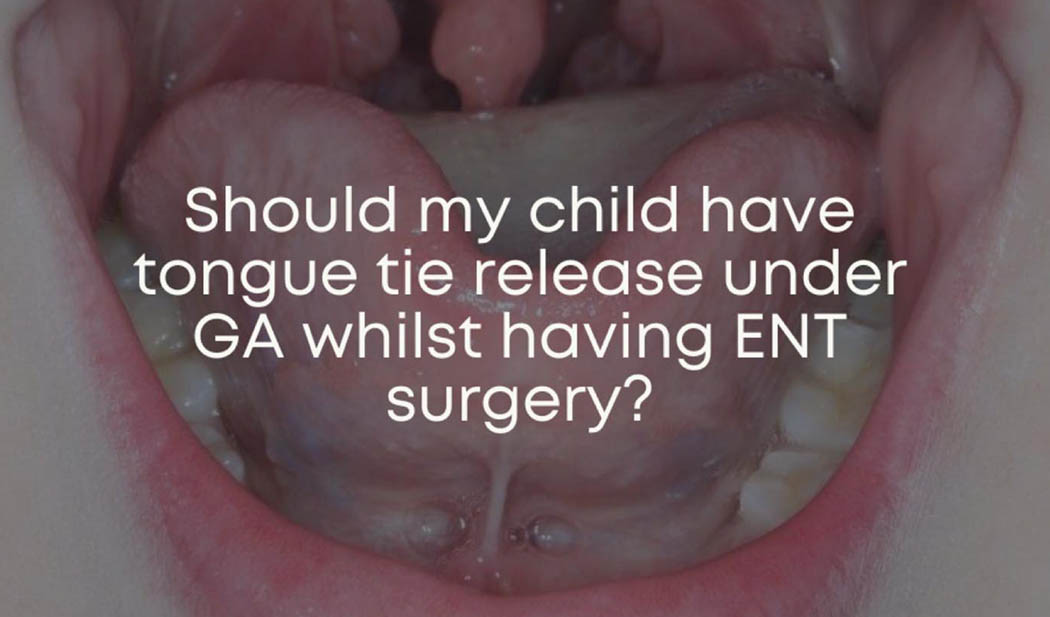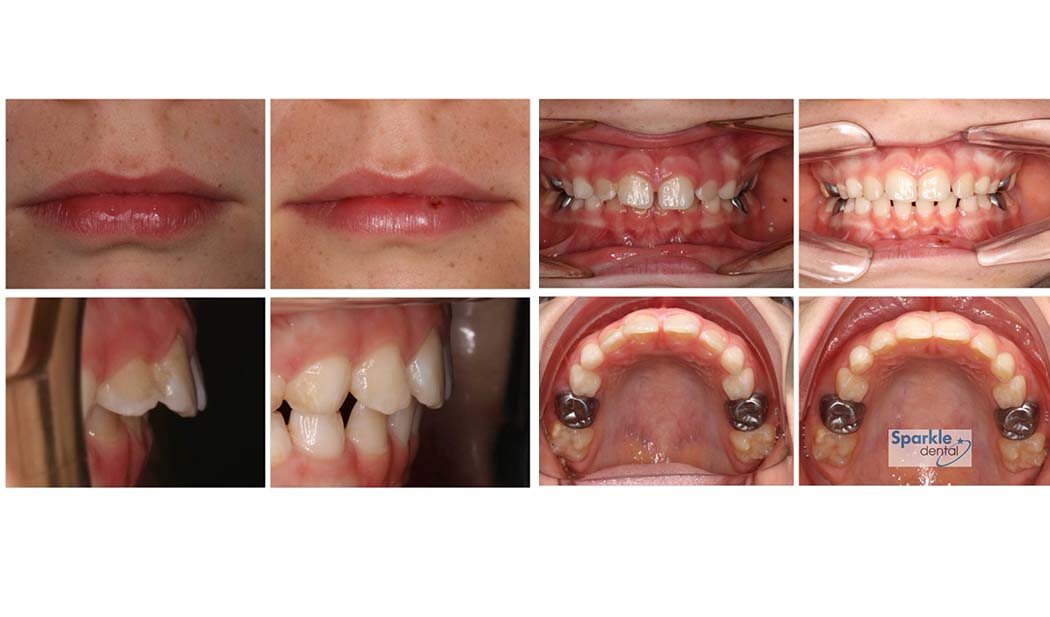The Australian Orthodontic Society recommends that children have their first orthodontic evaluation by age 7. Many parents take their child to the orthodontist with concerns of dental crowding and problems like overbites, and they are placed on a program of annual reviews and monitoring of the problem with the aim of ideally delaying treatment until the permanent teeth come through. The aim is to complete treatment efficiently in one phase and minimize burnout of a child that may occur with multiple phases of treatment.
Some parents have concern about the problem worsening each year but don’t recognize they have other options. The problem is that, as each year passes, we miss the chance to redirect the underlying poor pattern of jaw and facial development.
Breathing and Airway Impact:
The jaws are the bony framework for our airways. They form the floor of our nasal passages, housing for our tongue, and skeletal support for our throat muscles. Crooked teeth are most often a symptom jaw development is going off track. And that equates to some degree of limitation of airflow, which will ultimately impact sleep quality.
Last week, I saw a 10-year-old child by referral from a dental colleague. My colleague was the first person to identify to mum that she had a severely restrictive tongue-tie, very narrow V-shaped palate, and obstructive tonsils. She had a significant vertical facial growth pattern associated with a chronic mouth breathing habit. There were concerns with chronic snoring, difficulties with emotional regulation, and ADHD type symptoms. They had been seeing many health care professionals, and attending for yearly orthodontic reviews, and my colleague was the first to give mum answers – it was a massive weight off her shoulders.
Between seeing my colleague and me, the child has had ENT surgery and a reduction in snoring. There has been a remarkable improvement in her emotional regulation with improvements in sleep quality. But there is persistent mouth breathing, and the narrow palate and reduced tongue space are factors for this. I can’t address her tongue-tie until tongue space is restored. She is just a bit older, and out of my comfort zone to treat orthodontically. In fact, jaw surgery as she gets older will be a valid option to help unlock missed growth from earlier childhood, and optimise her airway, sleep, and facial balance.
Many times, parents want to know, “Why I was not told about early intervention earlier?”
Key Takeaway for Parents:
The take-home message for parents is that early intervention may not always be offered, and some professionals might even be critical of those who offer early treatment. However, if you have concerns about issues getting worse or notice any functional challenges related to speech, breathing, sleep, behaviour, attention, and concentration, or night-time symptoms like teeth-grinding or bedwetting, seeking a second opinion could be valuable. Empower yourself as a parent to advocate for your child’s well-being and explore all available options.
If you found this information valuable and want to explore further insights into your child’s orthodontic health, I invite you to check out my book, Breathe, Sleep, Thrive: Discover Your Child’s Full Potential. Dive deeper into the crucial connection between orthodontic care, breathing, and overall well-being. Check it out on Amazon to empower yourself with knowledge and enhance your child’s journey to optimal health.

